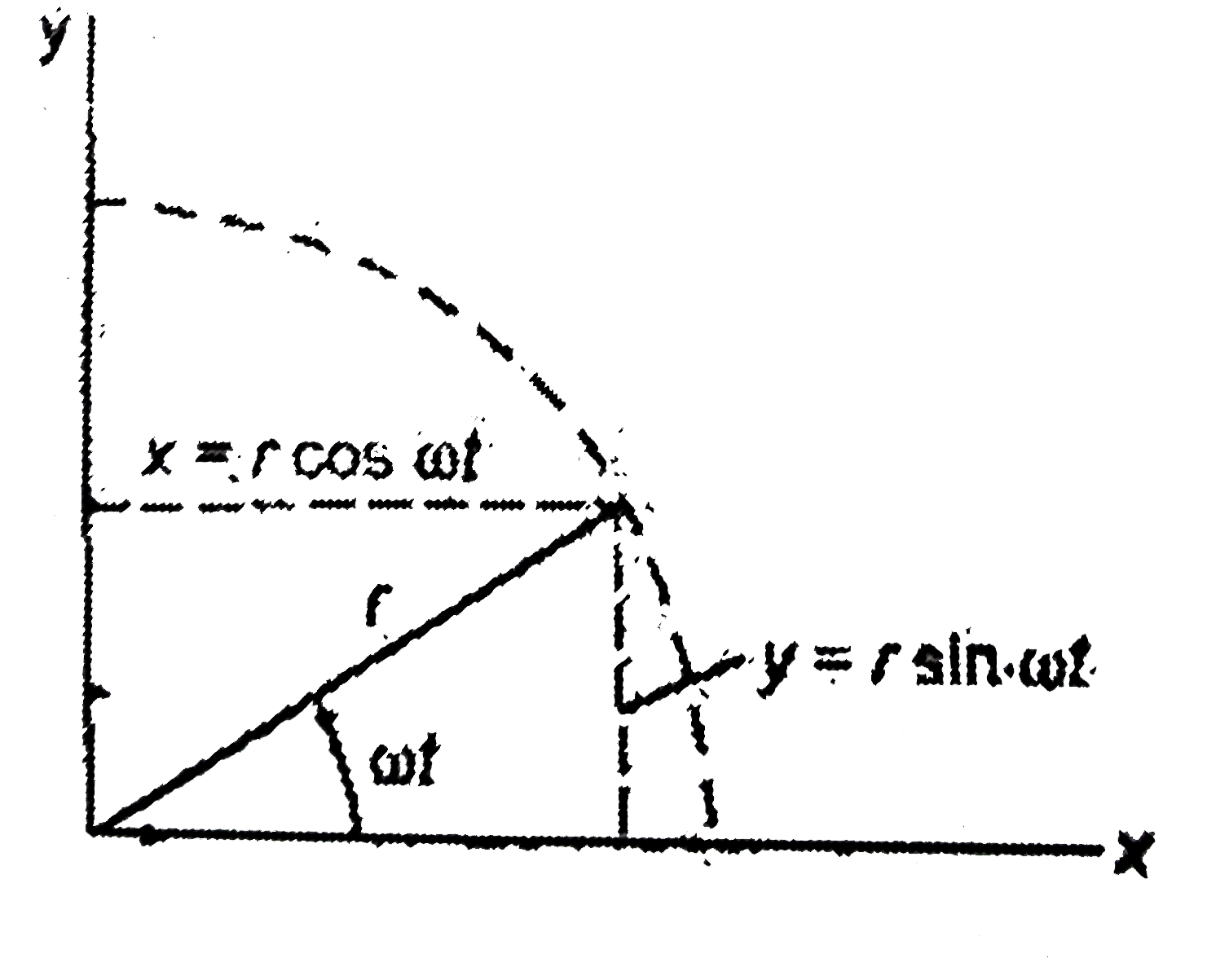The position vector of a particle is given by , where and are constants and time. Find the angle between the position vector and the velocity vector. Also determine the trajectory of the particle.
Video Solution
Text Solution
, hence the velocity vector is perpendicular to the position vector.
|
Updated on:21/07/2023
Topper's Solved these Questions
Similar Questions
Knowledge Check
- Question 1 - Select One
The position vector of a particle is →r=acosωti+asinωtj, the velocity of the particle is
Aparallel to the position vectorBperpendicular to the position vectorCdirected towards the originDdirected away from the origin - Question 2 - Select One
Position vector of a particle moving in x−y plane at time t is r=a(1−cosωt)ˆi+asinωtˆj. The path of the particle is
Aa circle of radius a and centre and (a,0)Ba circle of radius a and centre at (0,0)Can ellipseDNeither a circle nor an ellipse - Question 3 - Select One
A particle moves so that its position vector is given by →r=cosωtˆx+sinωtˆy, where ω is a constant which of the following is true ?
AVelocity is perpendicular to →r and acceleration is directed away from the origin.BVelocity and acceleration both are perpendicular to →r.CVelocity and acceleration both are parallel to →r.DVelocity is perpendicular to →r and acceleration is directed towards the origin.
Find the angle between the vectors →a and →b where: →a=ˆi−ˆj and →b=ˆj+ˆk
View SolutionFind the distance between the points AandB with position vectors ˆi−ˆjand2ˆi+ˆj+2ˆk.
View SolutionA particle move so that its position verctor varies with time as →r=Acosωtˆi+Asinωtˆj. Find the
a. initial velocity of the particle,
b. angle between the position vector and velocity of the particle at any time, and
c. speed at any instant.View SolutionA particle moves so that its position vector varies with time as →r=Acosωtˆi+Asinωtˆj. If d→rdt gives instantaneous velocity. Find the initial velocity of particle.
View SolutionFind the angle between the vectors →a and →b where: →a=ˆi+2ˆj−ˆk, →b=ˆi−ˆj+ˆk
View Solution

